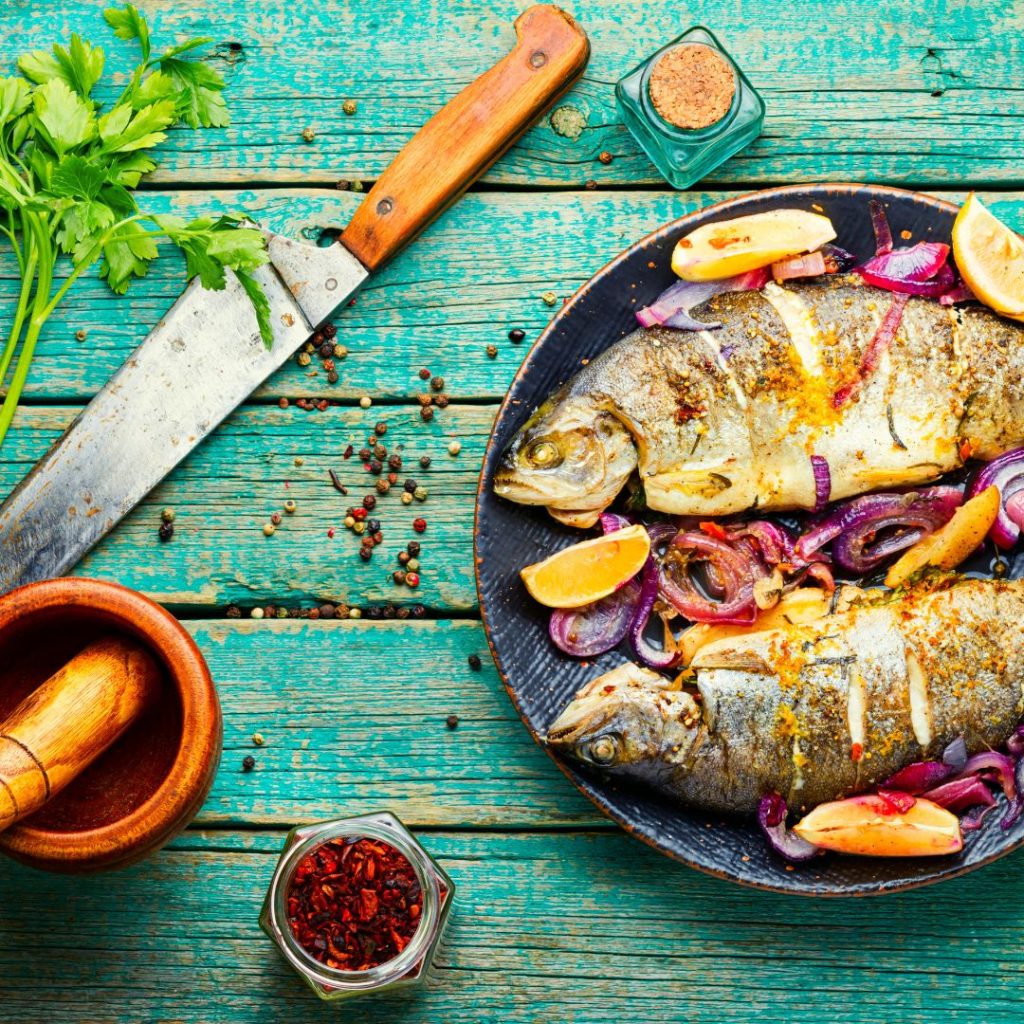Austria's fish resources for 2024 already used up by the end of January

Today, 31 January, is Fish Depletion Day - the day on which Austria's fish resources are exhausted and the country is reliant on imports for the rest of the year. Fish Depletion Day was therefore reached six days later than in 2023. However, as in previous years, demand for fish has continued to rise slightly.
If we only ate domestically produced fish, the supermarket shelves would remain empty for the rest of the year. With a self-sufficiency rate of just eight percent, Austria is heavily reliant on imports to meet the population's demand for fish and seafood. According to Statistics Austria, 5,500 tons were produced domestically in 2022, with the remaining 92 percent being imported. Import volumes are constantly increasing, with over 77,000 tons imported in 2022 and no figures yet available for 2023.
Total consumption increases slightly, per capita consumption remains the same
With just under 66,000 tons consumed, the demand for fish in Austria has risen slightly. However, per capita consumption remains practically the same, which could have to do with a high population growth in 2022. As in the previous year, it is seven kilograms (7.3 kg in 2021 vs. 7.2 kg in 2022) - a comparatively low figure: the average per capita consumption in the EU is almost twice as high.
According to Statistics Austria, around 4,700 tons of fish were farmed in Austrian aquacultures in 2022. That is 85 percent of total domestic production, and four percent less than in the previous year. According to Statistics Austria, predators such as otters, herons and cormorants, as well as environmental factors such as heat, water shortages or flooding and the associated problems with water quality caused problems for the farms. Increased costs for feed and energy are further reasons for the decline.
The most important fish species from domestic aquaculture in terms of volume is rainbow trout and salmon trout by a wide margin at just under 1,700 tons. Brook trout and carp follow with around 660 and 560 tons respectively. This is nowhere near enough to cover the demand for fish, and popular species such as salmon, tuna and shrimp in particular have to be imported. There are many problems with marine fish in particular, such as the destructive use of trawls, the high use of antibiotics in fish farms and the overfishing of the oceans.
Cod is disappearing - and not just from the refrigerated shelves
Fishermen's Creation Day aims to promote sustainable consumption
It is particularly important to pay attention to the sustainable origin of imported fish, as there is a lack of controls in many parts of the world. Environmentally destructive practices can put further pressure on the oceans and damage ecosystems. The aim of Fishery Depletion Day is to raise consumer awareness of the issue and promote sustainable fish consumption. The date was calculated by the Aquaculture Stewardship Council (ASC), a non-profit organization that promotes environmentally friendly fish farming. The ASC seal on the packaging identifies fish and seafood that has been farmed responsibly.
The fishing depletion day marks the day from which - statistically speaking - every fish we eat until the end of the year is imported. The date is based on the current figures for production and domestic consumption from Statistics Austria's 2022 supply balance.
About the ASC
The Aquaculture Stewardship Council (ASC) is an independent, non-profit organization founded in 2010 by the World Wildlife Fund (WWF) and the Initiative for Sustainable Trade (IDH) to operate and develop species-specific standards for responsible fish farming. The aim is to make global aquaculture more sustainable. The ASC standards require that the performance of fish farms is measured against both environmental and social requirements. Certification is carried out by independent experts.
The ASC label on the packaging shows consumers that the fish and seafood they buy has been farmed with minimal impact on the environment and society.






